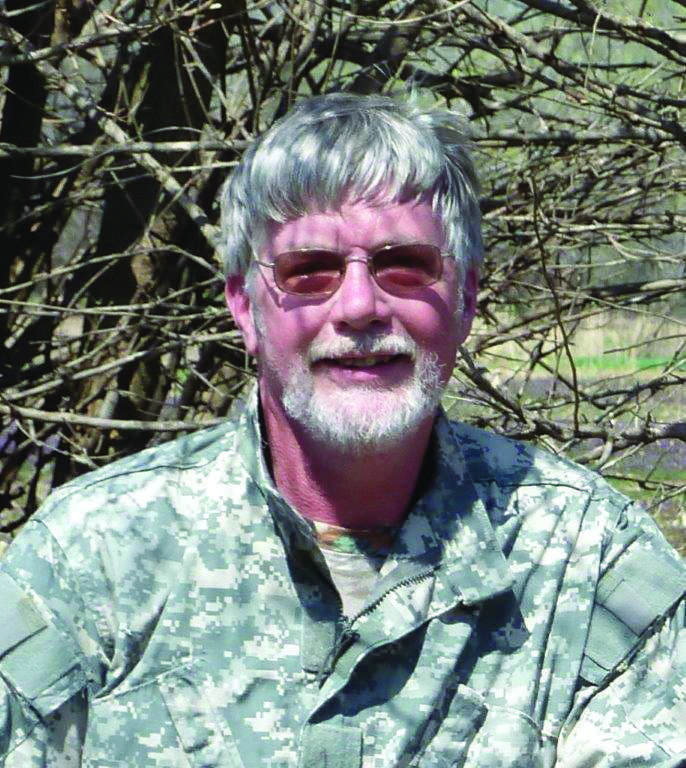Our raised deer blind sits on family land just a stone’s throw away from the property line, and each year as I sit and stare over into the neighboring property, I’m reminded of this deer harvest several years back.
The glowing full moon that had bathed the land in orange for two nights in a row was quickly fading and the pink light of morning was struggling to emerge from behind a bank of clouds when the deer began to appear. Like tawny ghosts they silently slipped, one at a time from the tall grass and weeds of the neighbor’s overgrown pasture that concealed them so well. The first two deer to show themselves were mature does, then tagging along were 3 little does we had seen often and figured to be this year’s fawns and maybe even siblings. They were all a little nervous that morning and headed quickly away from our blind toward a nearby open wheat field. Out of the corner of my eye I saw antlers appear from the same spot at the edge of the grassy pasture and a young 6-point buck stepped into view. I should have let him come out a bit farther into the open, but I was afraid he too would be spooky and run, so I put the scope crosshairs just behind his shoulder and shot. He spun and disappeared across the corner of the pasture.
I’ve never put much stock in hunting deer according to moon phases, but I remember that both that day and the day before were rated by the moon phase hunting calendar as “Best” and the previous morning Joyce and I had seen more deer in 5 minutes than in the last 7 days combined; one young buck had even found his way into our freezer via my wife’s invitation, so my interest in the subject was piqued. I still had my tag to fill, so that morning, there I was in the blind, bright and early, awaiting to see what a second day in a row rated as “Best” by the moon sign hunting calendar would offer.
It took only a short while to find my buck, the problem was that the dead deer was completely landlocked because of a deep creek that snaked its way like a tangled garden hose all through the pasture. He had managed to cross the steep-sided creek bed and wound up on the other side. It would be impossible to drag him back across the creek, and going the other direction would mean dragging his carcass a couple hundred yards to a fence I couldn’t get him across when I got there. The landowner has been clearing the trees from the pasture, so stacks of brush and piles of thorny trees and limbs were everywhere. No vehicle of any sort with rubber tires would stand a chance among all the thorny brush. I cleaned the deer, walked out to my truck and drove around the corner to the landowner’s house in search of options.
Turns out, to help clear the brush, the landowner used a Bobcat skid loader on hard rubber tracks, the perfect tool for “packing-out” my deer. Deer had been playing havoc with his electric fences, so he was glad to help me remove one of his “trouble-makers.” Because of a steep hill and downed tree limbs and brush, it took the farmer awhile to figure a way back to where the deer lay. Once we were past those obstacles, I walked ahead and guided him as he maneuvered the skid loader around stacks of cut trees and limbs, occasionally having to stop long enough to push brush and overhanging limbs from his path. Finally, with the deer laid across the pallet he’d carried in on the forks, we retraced our winding path back and deposited the deer in the back of my truck.
If not for the help of the landowner and his skid loader on tracks, I might still be wondering that overgrown pasture dragging that deer carcass and looking for a way out. A Bobcat skid loader, forks and a pallet; that’s what I call packin’ out a deer Kansas style! Continue to Explore Kansas Outdoors.
Steve can be contacted by email at [email protected].





